Archives
Would you use this loo?
I have just returned from Louisville Kentucky where I attended the 30th Annual Pumper and Cleaner Environmental Expo.
This is one of the western world’s greatest collections of experts, gathering to talk about S _ _ T.
How to clean it, clear it, move it, store it, collect it and record it.
Over the next few weeks I will share with you some of the sights and sounds and people that made Louisville 2010 the greatest plumbing expo so far this decade; http://www.pumpershow.com/.
Please come back to this blog page over the next few weeks to see and enjoy some images of Louisville, KY through the eyes of The Lone Drainer and Pronto.
In the meantime enjoy these images of a very unusual public toilet. I ask you, Would you use this Loo?
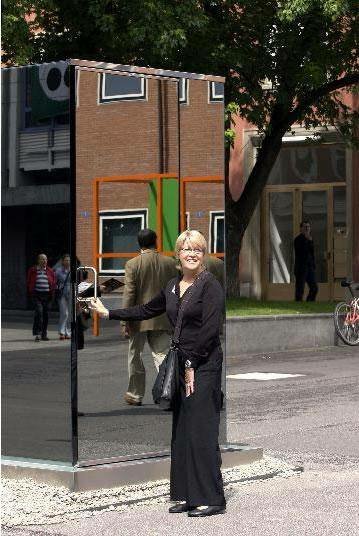
Now that you’ve seen the outside view, take a look at the view from the inside out.
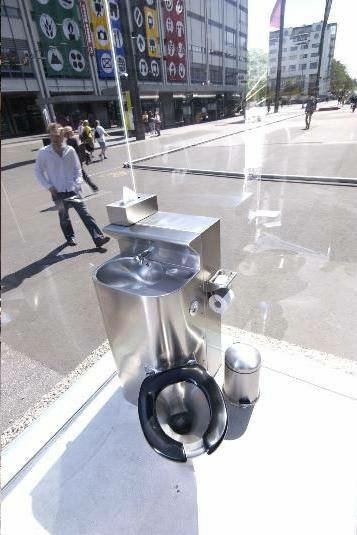
It’s made entirely of one-way glass! No one can see you from the outside, but when you are inside it’s like sitting in a clear glass box!
Could You….??? Now would you use this fun toilet?
Are you Ready for Spring?
Spring is here and summer is just around the corner! This means footy finals, Spring Racing and cricket! You don’t have to change your sleep habits to watch the games, and you can start planning a good old BBQ with family and friends.
This also means that people will want to get their backyard into shape, and the NSW State Government is helping with this by offering rebates for some water saving devices. More information about this can be found at http://www.environment.nsw.gov.au/rebates/
Here are some simple ways to save water around the house but still keep your garden looking its best during the hot summer:
– Install a timer irrigation system. Drip lines are effective as they deliver water straight to the plant root system and largely avoid water loss through evaporation.
– Use mulch throughout your garden beds to further trim down evaporation.
– Install a trigger nozzle. They save water by shutting off a hose between watering different plants in the garden.
– Install a rainwater tank to capture otherwise wasted rain water that runs off the household roof. The NSW Government provides rebates of up to $1500 for such tanks.
– Think about installing rain and soil sensors which prevent irrigation systems from operating unnecessarily after rainfall.
Also if you are installing a new BBQ, always remember to use a licensed gasfitter!
Overlooked Grand Final Heroes – Plumbers!
With a crowd of nearly 100,000 spectators expected to cram the Melbourne Cricket Ground this Saturday for what is obviously one of the biggest annual sporting events in Australia, it puts a large burden on the grounds personnel and infrastructure.
The challenge includes the upkeep of the ground’s 546 urinal stalls, 166 individual urinals and 345 toilets. Whilst this may seem daunting, the 3.5 million people who annually pass through the MCG gates during the course of the season provide great training and testing for these bathroom facilities, and give plumbers and curators a great idea of whether or not the lavatories will be able to cope on the last weekend in September.
During the large scale redevelopment and rebuilding of stands at MCG earlier this decade, plumbing was also improved.
In recent years, improved crowd control and regulation has ended the outlandishly large crowds on Grand Final Day, such as the enormous 121,696 people who packed the MCG in the 1970 Collingwood v Carlton match. Although people may not drink as much at the football game as back then, facilities and maintenance practices today are still light-years ahead of what they were. This includes a team of plumbers outsourced by the grounds manager who must go to great lengths in preparation for a big event to ensure everything runs smoothly.
Whilst crowd satisfaction is the foremost goal at a large event, in the 21st century the sustainability of a venue must also be taken into account. One of the ways the MCG attempts to be more eco-friendly is by catching rainwater from the gigantic Northern Stand roof and storing it in a 1.5 million litre tank below gate one.
Even though it is very easy to forget about plumbing when at the footy, it is still amazing how much time, effort and planning must go into managing something as simple as bathrooms, in order for fans to have an enjoyable, comfortable and trouble free day.

Plumber rescues Puppy
In early June this year, a young boy in Britain decided to give his one week old puppy a bath using quite an odd method; putting him in the toilet bowl and giving it a flush. The dog was sent down the pipe, well out of reach from the fire brigade who were first on the scene in an attempt to rescue the pup.
A plumber was called in and using a drain camera he found the dog amazingly still alive hours after being flushed about 20 metres from the house. Neighbours from surrounding houses were told to not use water in order to prevent the dog being washed down into the main sewer where rescue attempts would be impossible. The pup was able to be pushed down the line by the plumber towards a manhole where it was pulled to safety. It has been named “Diana” after the company that rescued it.
https://www.thelonedrainerandpronto.com.au/plumbing_services.php
Plumbing Fixtures or Art?
Artist Clark Sorensen, the man who created the urinal/sculpture of former U.S. President George W Bush, has many other wonderful plumbing creations which can be used as functioning wash basins and urinals.
For examples of creative plumbing products and further information check out: http://www.clarkmade.com/
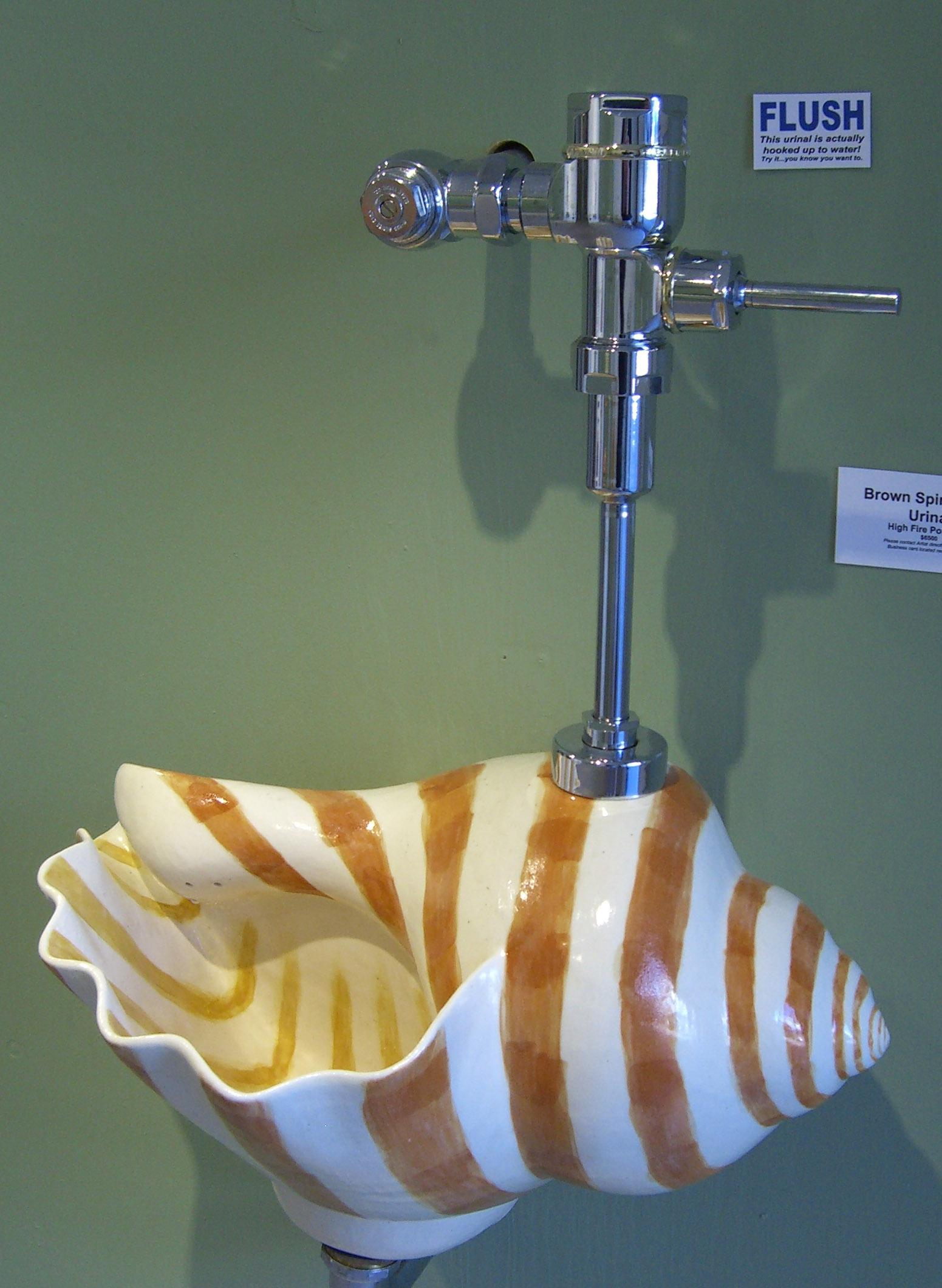
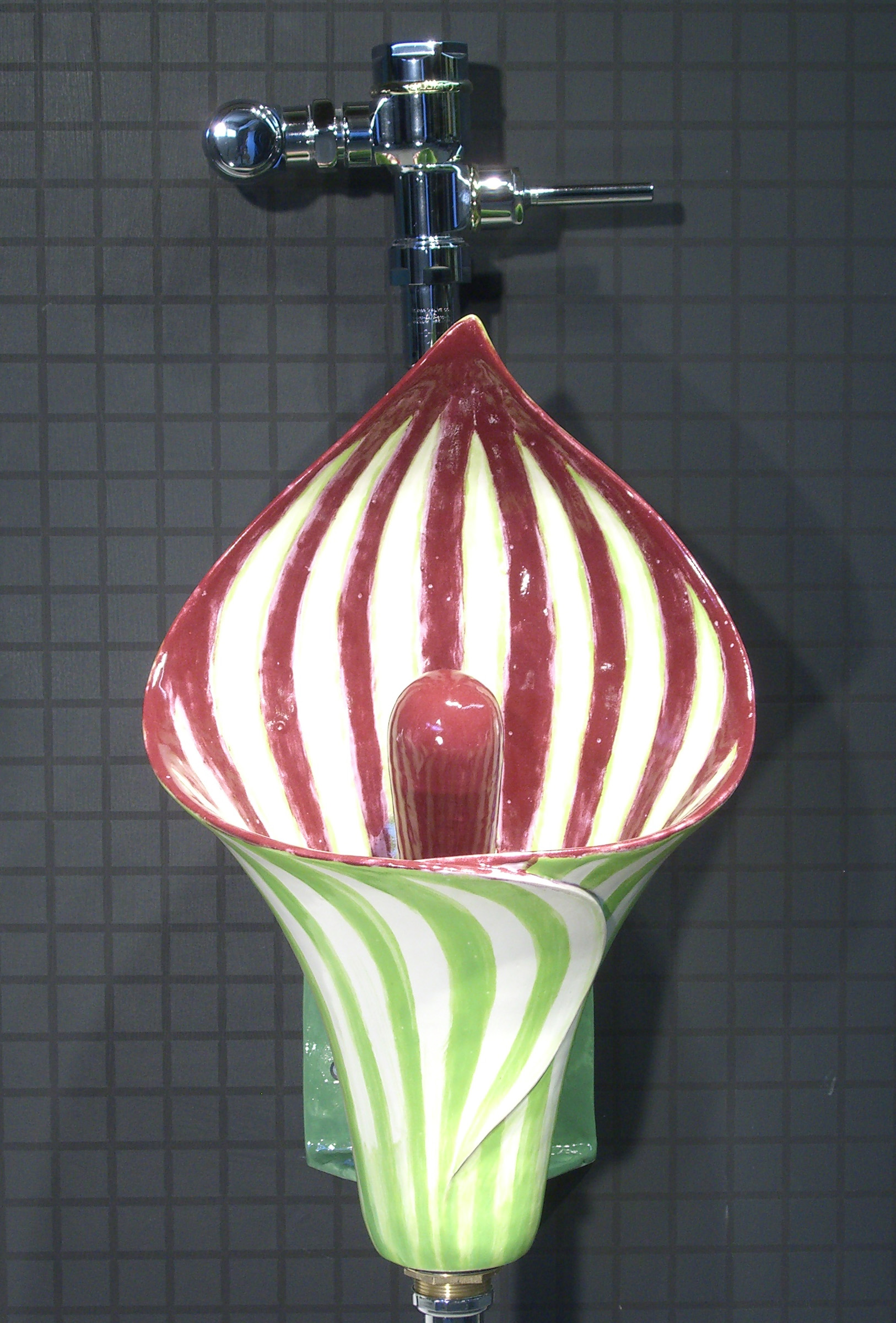
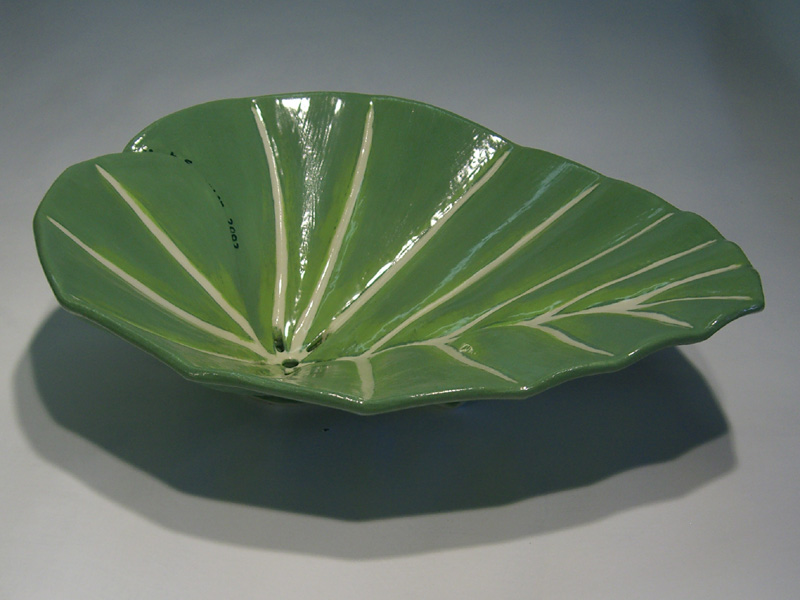
Aussie Bidet Toilet Seat
Recently The Lone Drainer and Pronto were called to repair a leaking toilet cistern in Bondi Junction. I was surprised to see this toilet not only had a flush button but came with a remote control as well. The client informed me that the toilet actually contained a bidet built into the toilet seat, complete with retracting heated water spout, air dryer, and instant seat heater, all of which are adjustable to suit individual comforts and anatomy. Whilst the bidet is a very popular plumbing fixture in Europe, by comparison, I have come across few during my many years of plumbing in Australia.
The bidet toilet seat is a compromise.
Whilst this can be deemed as a “luxury” item for most, our client revealed that a relative of theirs who has suffered a stroke also had a bidet toilet seat installed and with the loss of mobility in extremities after the stroke, this has proved to be of great assistance to them and their family when using the bathroom.
What a great idea! A bidet toilet seat could be of great assistance for the elderly, disabled, infirmed or even people with sports injuries.
http://www.TheLoneDrainerAndPronto.com.au/unmasked.php

Use only Genuine Pipes! for Plumbing
Today’s post is courtesy of Dr Marc Dussault. Check him out at:
http://www.ExponentialPrograms.com/business/blog
Piping Specifications
Mr. Santa Singh is a brilliant engineer of College of Engineering Patiala and Mr. Banta Singh is his boss and a gold medalist of Jalandhar University. Both of them are serving for Punjab Pipes whose owner is Ms. Gurujit Kaur. In one of the tenders Mr. Santa Singh has declared the pipe specifications.
Prepared by: SANTA SINGH Approved by: BANTA SINGH
NOTE: Some vendors are now able to supply pre-rusted pipes. If available in your area, this product is recommended, as it will save a great deal of time at the job site.
The History of Plumbing
Here’s something the Romans did for us – they invented plumbing!
By Adam Hart-Davis
Julius Caesar had a weekend native-bashing excursion to Britain in 55 BC. But I guess he didn’t enjoy the damp boarding houses with their fierce landladies, for he quickly went back to Rome, and naturally claimed a great victory. Almost a hundred years later the emperor Claudius sent a powerful invading army, and the Romans then occupied Britain for the next 350 years. What did those Romans ever do for us?
Flushing lavatories
The Romans were keen on hygiene and built public baths in all their cities. Many of them have survived, notably the grand complex at Bath. The bath houses were places for social gathering, gossiping, and exchanging news. In the same complex there were communal lavatories, often flushed with the used bathwater.
There is a well-preserved lavatory at Housesteads Roman fort, near Hexham, on Hadrian’s wall. The camp was home to some 800 soldiers, and the communal lavatory in the south-east corner must have accommodated a dozen men at a time, shoulder to shoulder, without any partitions. The sewage fell into a trench, and rainwater, collected in a cistern, flushed it away through the outer wall of the camp and into the civilian settlement outside.
A shallow channel in front of the sitting men also contained running water, probably to rinse the sponges on sticks that they used to wipe their bums. Each soldier probably carried his own sponge, since using one immediately after someone else would not have been appealing.
The Latin word for sewer is cloaca — the main sewer in Rome was called the cloaca maxima — and the Romans worshipped Cloacina, the goddess of the lavatory. There is even a poem in her honour:
O Cloacina, Goddess of this place,
Look on thy servant with a smiling face.
Soft and cohesive let my offering flow—
Not rudely swift, nor obstinately slow.

